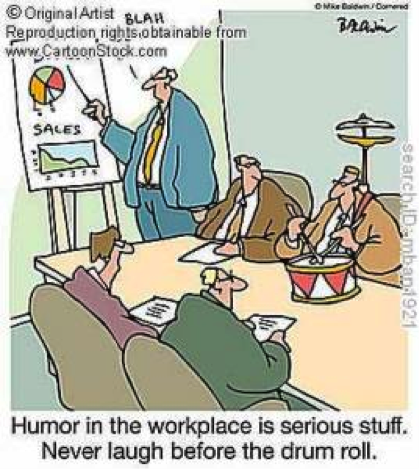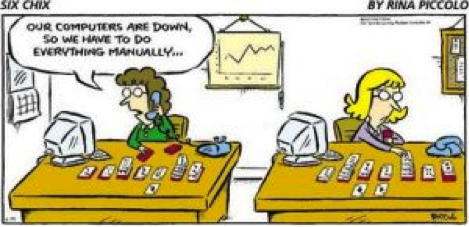Why study communications?
 1. When did you graduate, and what did you study at UFV?
1. When did you graduate, and what did you study at UFV?
I graduated with a Bachelor’s degree from UFV in 2009. While at UFV, I concentrated on Communications courses, but also took Business, Information Technology, and History courses. In 2011 I completed a Master’s degree in Educational Technology at the University of Calgary.
2. What is your current role, and what are the main forms of communication required of you?
Currently I am instructing at UFV, and I am also working as a Systems Implementation/Training Consultant in the global trade and logistics industry. The main forms of communication required from me (in the corporate world) are communicating project tasks and duties to assigned resources, communicating project deadlines to customers, and keeping customers up-to-date on deliverable and deadline progress. Usually the information is provided via email or some sort of scheduled automatic reporting system that updates customers through email or FTP file sharing.
3. Why did you decide to complete a minor in Communications?
I started my educational career in General Business Studies, as I wanted to find a program that I could get excited about. UFV does not yet have a Communications major, so I could only minor in Communications. I felt (and still feel) that communication in business is one of the biggest issues in North America, and may be the field that, if “tightened up,” would increase productivity – and profits – for corporations in general. The tools I learned at university were highly applicable to business situations, and I attribute most of my success to how I took the skills I learned in CMNS and implemented them in the corporate world.
4. Can you describe a highlight from the courses you took in CMNS?
Two words: the instructors. Taking Communications at UFV was definitely a turning point in my career. The first couple of courses in Communications were “eye-opening”; the instructors kept us motivated and created an enjoyable and open learning environment where we were exposed to valuable skills that are necessary in the workplace, and it continued until I completed my undergraduate degree. I always looked forward to my Communications night classes at UFV, and never felt as if I was “going to work” while attending UFV CMNS classes. I could see the direct correlation between success and skills learned in the CMNS program.
I left UFV with confidence and the skills to succeed, and that’s thanks to the instructor team, and when I’m teaching courses at UFV, I look for ways to generally improve student’s careers the way that instructors in the Communications department improved mine. The instructors were extremely approachable. I remember being at a crossroads in my career, and asking David Thomson for advice and direction after class one evening. His excellent advice steered me in the right direction, and this one example will always remind me that even a small extra effort by an instructor can make a big difference to a student.
When it comes to how I instruct classes, I try my best to create a productive and enjoyable team atmosphere comparable to the one that Linda Pardy creates in her classes at UFV. Linda Pardy is the most genuine person I’ve met. She tells you how it is, and teaches the course material the way that Communications needs to be taught, objectively and outside-of-the-box. Linda is the reason why I decided to become an instructor at UFV. She will never give up on a student, and she will make the extra effort to fight for the underdog. If I were a professional boxer, I would want a person like Linda to hold the towel in my corner, give advice and direction on how to adjust during the fight, and cheer me on despite the punches that are inevitably going to land on my face.
Last but not least, Madeleine Hardin was a great teacher to experience at UFV (although I unfortunately only was able to have one face-to-face class with her at the end of my program). Madeleine is a great person, directly responsible for raising over 10 million dollars for great causes; she not only knows how to “talk the talk,” she “walks the walk” and shows by example how to advocate successfully. Advocacy was a skill that I didn’t expect to be important in my life and career before I got into the CMNS program at UFV, but I’m very glad that I learned about it.
I worked with many other great instructors in other Communications courses who had a great influence on me, and I think that shows the depth of instructional talent and teamwork in the department.
5. With the wisdom of hindsight and experience, what communication-related advice would you offer current UFV students as they prepare for graduation and/or employment?
Always ASK for what you want – always – and be sure to get the response in writing. Never be afraid to fight for what you deserve. Take advantage of what you are given, or what is possibly within your reach, and then reach further!
For example, almost all of my post-secondary costs were covered by corporate tuition reimbursement programs. There are hundreds of employees entitled to the “free money” offered by such programs, yet only a handful actually make the effort to use them. This means either the benefit of post-secondary education is not being communicated properly to employees, or the obvious skills obtained through post-secondary education are not being sought-after by managers in government, business and industry. And if you don’t have a tuition reimbursement program, ask your employer to pay for your tuition anyway!
Be the loud employee, the one with the confidence to ask for what you deserve – and if you lack that confidence, do what I did and take Communications courses at UFV!
6. Is there an aspect of communication you would like to see added or covered in greater depth at UFV?
I would like to see more attention paid to the updated/advanced Web 2.0+ aspect of communication. The idea of how to communicate has changed. Thanks to the Internet it’s possible to post your material online and people will seek you out. It’s a huge grey-area in communication right now; we need to study the strategies that work and discard the ones that don’t.
7. What is the one communications-related skill you feel is most valuable to you in the workplace?
Keep it short and sweet. Understand this psychological truth: people tend to zone out after a couple of sentences. Be direct with the other party, and don’t over explain/describe.
Two other communication skills that I’ve found valuable are: 1) follow up after an initial message if you don’t hear back, and 2) document everything. In short, don’t take “no” for an answer, and when you finally get a yes, be sure to get it on the record.
Many thanks, Kevin, for taking the time to respond to our questions. We’re happy to see you’ve found success, and still happier to see your career path has brought you back to us as a colleague!


 Communications instructor and polymath
Communications instructor and polymath 










